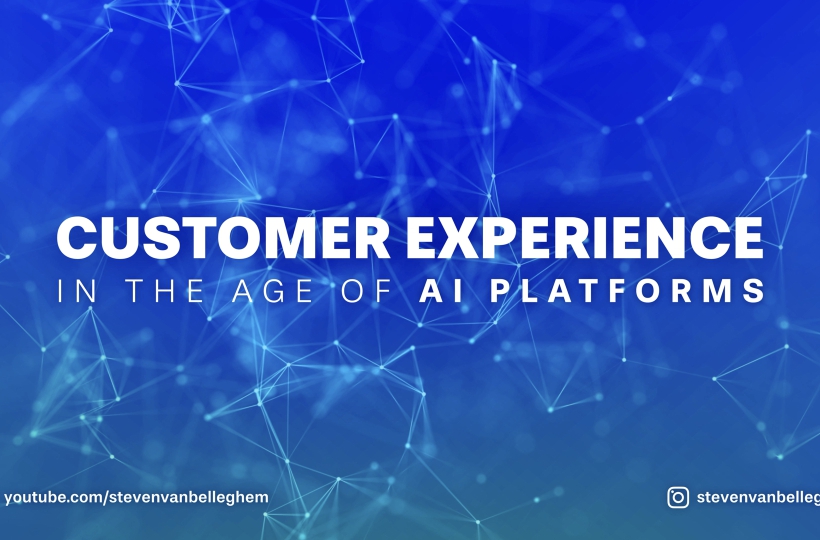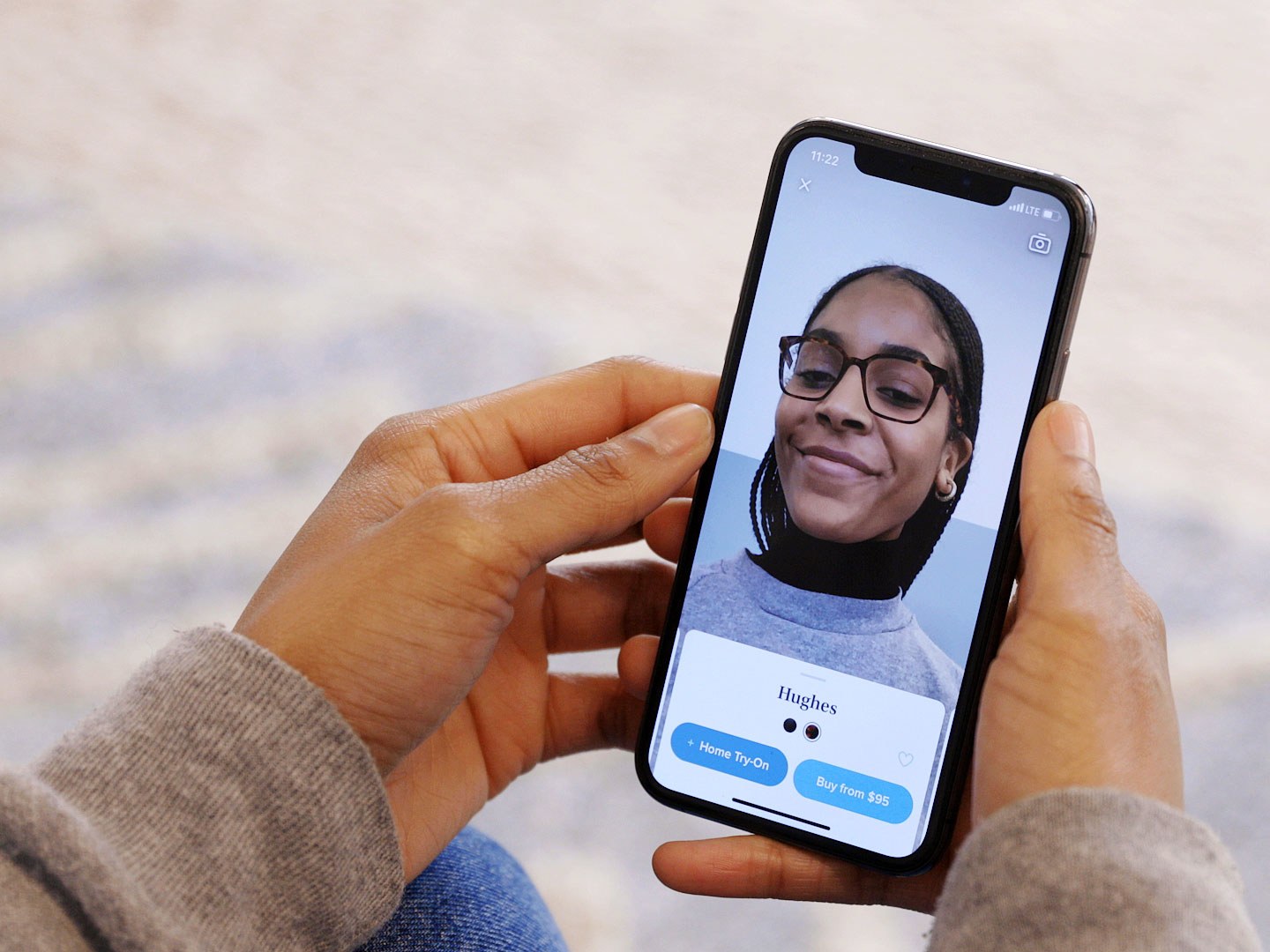How to strengthen your branding for the age of automated buying

Change the channel
Branding used to be all about presence in shops and classic advertising: shelve space and air time were the best ways to get your brand out there. But in the virtual world, we’ll need to approach our advertising differently. And that’s something that we’ll need to start experimenting with now.
On Saturday February 2, the world’s largest ever virtual concert took place within the video game Fortnite: no less than 10 million people streamed the 10-minute DJ set by Marshmello, with dancing avatars all over the place. It was surreal. Just to compare: the biggest recorded concerts IRL attracted ‘only’ 3.5 million people (Rod Stewart in Brazil in ’94 and Jean Michel Jarre in Moscow in ’97). With such an audience, just imagine the impact of product placement there, or in other popular games.
One of the most impressive personalized product placement projects comes from Youku Tudou, though, which I visited on one of our nexxworks China innovation tours: as Alibaba users log into the Youko Tudou channel with their Ali ID, they are able to for instance show jury members drinking diet coke or coke zero on China’s ‘The Voice’, depending on a viewer’s taste. So imagine what would happen if one of the newer and insanely popular channels like Fortnite would use that type of personalized product placement.
I think that all types of XR – like AR and VR – could very well play a major role here too. You could nourish impulse buying in shops or on the streets with realistic 3D-ads, organize personalized virtual discounts or use gamification with virtual treasure hunts. Showing AR reviews above products in shops could also be a great strategy, with information on which items are the healthiest, the tastiest or the best buy.
Brands as a service
These AR reviews are in fact a great ‘bridge’ to another powerful branding strategy: transitioning from a purely commercial sales-driven brand towards an informational service-driven one. You could become a brand that offers real value by helping people buy with a useful content layer. Whereas content marketing used to be limited to the online world, I’m really excited about its potential for offline shopping. There’s for instance a Belgian supermarket that allows you to scan a product on how (un)healthy it is. Though I’m not fond of its execution, the idea behind this service is a real winner.
Warby Parker too, has launched a new service on top of its brand, albeit in the online world: it added a very realistic looking Virtual Try-On feature to its iOS app that uses augmented reality and face-mapping capabilities. They understand that they’ll need to become buying facilitators.
You see this type of ‘servitization’ and ‘facilitating’ happening everywhere. Sometimes more successful then others. Shoe chain Clarks, for instance, recently announced it is training 6,500 members of staff talk to children in a way that’ll improve their language skills. The initiative is part of a Department for Education project to stop kids from falling behind at school. Commendable though the idea is, the gap between shoe-shopping and grammar lessons is really wide. If you’re experimenting with this type of branded utility, try to keep some coherence. Because the social media backslash around Clarks has been quite brutal.
Turning your products into services with a subscription-based model – eg monthly beauty products deliveries – goes in the same direction: you strengthen your branding by literally binding yourself to the customer for longer periods in a stretch. I wrote about that in my former blog, if you want to know more.
Brands with an attitude
Everyone is always talking about the personalization of products and services, but I see that brands will start to ‘personalize’ themselves too. Not in the same way, of course. Some major brand are increasingly growing a ‘personality’: voicing opinions to strengthen their identity.
Remember Colin Kaepernick, the football player who first knelt during the US national anthem before NFL games to protest racial injustice? Nike brilliantly responded to that with a campaign, released right after, showing an image of Kaepernick with the words “Believe in something. Even if it means sacrificing everything.” As expected, there was quite a backlash, with videos of people burning Nike shoes, cutting Nike’s swoosh logo off socks, and in some cases vowing to never buy Nike products again. Nike, in its turn, responded by advising people on how to burn their products safely.
They took a real risk, not knowing how making a stand would affect sales, but they built a very strong and recognizable identity along the way.
Just be the best
This one might be old school advice, but I believe that – especially in the era of automated and ‘invisible’ buying – people always remember quality. If your product is 15 times better than your competition, then they will stay with you. It’s very hard to distance yourself from the commoditization of a market, but if you invest in pure and simple quality, you’ll stick in the brains of consumers. When I say quality, I don’t mean a different kind of toothpaste flavor, I mean a smartphone camera that has the best resolution of the market or walking shoes that are so sturdy that they will last almost a lifetime.

